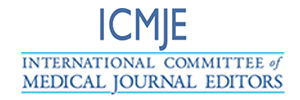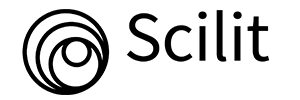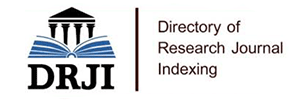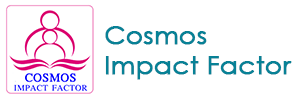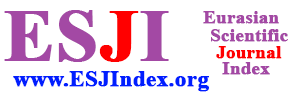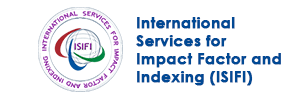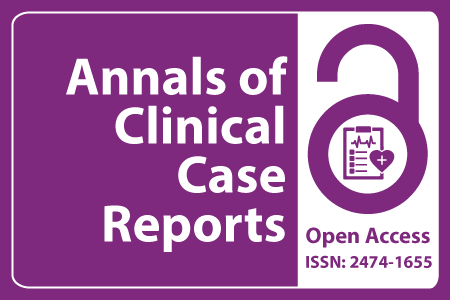
Journal Basic Info
- Impact Factor: 1.809**
- H-Index: 6
- ISSN: 2474-1655
- DOI: 10.25107/2474-1655
Major Scope
- Infectious Disease
- Endoscopy
- Hematology
- Chronic Disease
- Surgery Cases
- Lung Cancer
- Diabetology
- Cardiology
Abstract
Citation: Ann Clin Case Rep. 2017;2(1):1399.DOI: 10.25107/2474-1655.1399
Thyroid Abscess a Rare Clinical Entity: 2 Cases with Different Clinical Presentations
Mehta Madhuri, Baheti Ritika, Batra Parveen, Jindal Sachin and Mehta Navroz
Department of Ent, N.C. Jindal Institute of Medical Sciences, India
*Correspondance to: Mehta Madhuri
PDF Full Text Case Report | Open Access
Abstract:
A thyroid abscess is an infrequently encountered condition with a rarity that is attributable to anatomic and physiologic characteristics of the gland that impart a unique quality of infection resistance. Primary thyroid abscess resulting from acute suppurative thyroiditis (AST) is an unusual type of head and neck infection and it’s progression to abscess formation is even more uncommon. Thyroid abscess represents 0.1% to 0.7% of surgically treated thyroid pathologies. As the diagnosis is rare, it is often missed or delayed in lieu of investigating other more common etiologies of thyroiditis. Hereby, we present two cases, first case an adolescent male who presented with fever, weight loss, dysphagia and signs of thyrotoxicosis but no evidence of any Pyriform sinus fistula. Second case is also a male child who presented as a neck swelling on left side with fever and painful neck movements but in a euthyroid state. Both cases were successfully treated with I&D and recovery was uneventful. We aim to highlight that thyroid abscess though rare, can still occur in different ages and with different features. Hence, high level of suspicion must be kept in mind to treat these rare but potentially life threatening situations.
Keywords:
Cite the Article:
Madhuri M, Ritika B, Parveen B, Sachin J, Navroz M. Thyroid Abscess a Rare Clinical Entity: 2 Cases with Different Clinical Presentations. Ann Clin Case Rep. 2017; 2: 1399.
